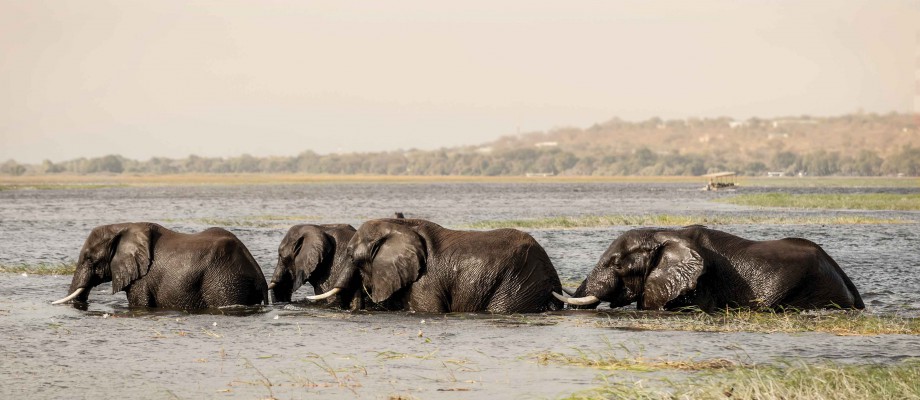
Fat chance of survival for captive elephants
October 31st, 2014
The first molecular characterisation of the African elephant’s adipose tissue — body fat — could help secure the health and survival of captive elephants.
The population of captive elephants, both Asian and African, in Europe and North America is at risk due to poor fertility, resulting in a fewer baby elephants being born. Unless a solution is found, captive elephants will face demographic extinction in North American zoos within 50 years.
The new study, carried out by scientists at Nottingham’s School of Veterinary Medicine and Science, will help identify important dietary components for health and reproduction in African elephants to enable better management of this species in captivity and in the wild.
The research, Molecular Characterization of Adipose Tissue in the African Elephant, led by Dr Lisa Yon, with colleagues Dr Nigel Mongan, Dr Richard Emes and Dr Alison Mostyn, has been published in the open access journal PLOS ONE.
Access to unique samples from the African elephant and expertise in molecular biology and bioinformatics allowed the researchers to explore important basic biological questions about the species.
They found leptin — a hormone made by fat cells to regulate the amount of fat stored in the body — is also important in African elephant and is a crucial molecular link between nutritional status, amount of adipose tissue and fertility.
Dr Yon said: “This research provides important information on the structure and function of adipose tissue in the African elephant, highlighting the crucial genes and nutrients present during different times of life — particularly reproduction and lactation.”
Since the discovery of leptin, adipose tissue has been shown to play a key role in reproduction, energy sensing and regulation, and inflammatory responses. It has been linked with reproductive activity so it may play an important role in building up and maintaining the elephant’s reserves to ensure health and fertility.
This work forms an important first step to help maintain a healthy, reproductively viable captive population, ending the need to capture elephants from the wild.
Dr Yon said: “The information we gained can help us to know how to better provide for elephants’ dietary needs, and what possible impact this may have on their reproductive success. These same methods can be applied to further our understanding on a range of domestic or non-domestic species.”
Elephant samples were obtained from management-organized culling operations in Save Valley Conservancy (SVC) in Zimbabwe during 2009–2011. The Zimbabwe Parks and Wildlife Management Authority gave permits to SVC to cull the animals and SVC gave the authors permission to use the samples. No animals were killed specifically for this study, and all permission was obtained from the relevant authorities.
Tags: African elephant, Dr Alison Mostyn, Dr Lisa Yon, Dr Nigel Mongan, Dr Richard Emes, Molecular Characterization of Adipose Tissue in the African Elephant, PLOS ONE, Save Valley Conservancy, School of Veterinary Medicine and Science
Leave a Reply
Other Issue 79

More please: A feast for Dickens scholars
A new online linguistics tool will help researchers and students study the language used in novels […]


